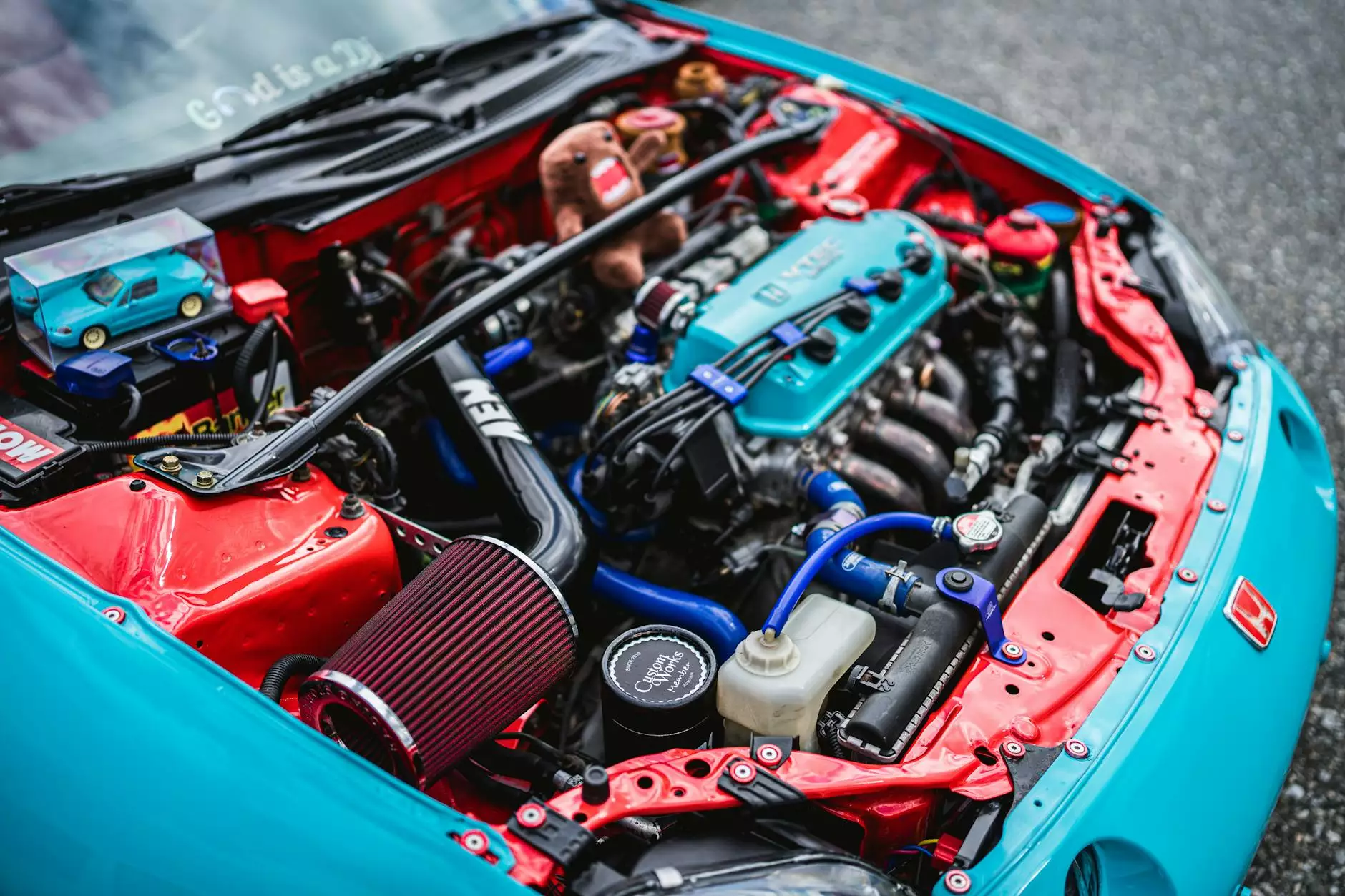Glossary of Brake Terms
Blog
Introduction
Welcome to Rusty’s Upholstery, your home for all things related to automotive restoration. In this comprehensive glossary, we will provide you with a detailed breakdown of the key terms and concepts surrounding automotive brakes. Whether you're a car enthusiast or someone looking to expand your knowledge, this glossary will help you navigate the brake system and understand the various components involved.
1. Brake System
The brake system of a vehicle is responsible for slowing down or stopping the vehicle when necessary. It consists of various components such as the brake pedal, brake lines, brake master cylinder, brake rotors, brake calipers, brake pads, and more. Understanding how these components work together is crucial for maintaining optimal brake performance.
2. Brake Pedal
The brake pedal is the driver's input device that activates the braking system. When the driver applies pressure to the brake pedal, hydraulic pressure is generated, which is then transmitted to the brake calipers or wheel cylinders to initiate the braking process.
3. Brake Lines
Brake lines are metal or rubber tubes that carry brake fluid between various brake system components. These lines are crucial for transmitting hydraulic pressure from the brake master cylinder to the brake calipers or wheel cylinders. It's important to regularly inspect brake lines for any signs of damage or corrosion.
4. Brake Master Cylinder
The brake master cylinder serves as the primary hydraulic control unit of the brake system. It converts the force applied to the brake pedal into hydraulic pressure, which is then distributed through the brake lines to the individual brakes.
5. Brake Rotors
Brake rotors, also known as brake discs, are the rotating metal discs mounted on the wheel hubs. When the brake pads clamp down on the rotors, it creates friction, which slows down the rotation of the wheels and ultimately brings the vehicle to a stop.
6. Brake Calipers
Brake calipers house the brake pads and are responsible for squeezing the pads against the brake rotors, creating the friction necessary to stop the vehicle. They use hydraulic pressure from the brake lines to initiate this clamping action.
7. Brake Pads
Brake pads are made of friction material and are pressed against the brake rotors by the brake calipers. This generates the necessary friction to slow down or stop the vehicle. Brake pads can wear out over time and need to be replaced to maintain optimal brake performance.
8. Brake Fluid
Brake fluid is a crucial component in the brake system as it transfers the force from the brake pedal to the brake calipers or wheel cylinders. It operates under high temperatures and pressures, so regular maintenance and fluid flushes are necessary to keep the brake system in good working condition.
9. ABS (Anti-lock Brake System)
The Anti-lock Brake System, commonly known as ABS, is a safety feature designed to prevent the wheels from locking up during braking. ABS sensors detect wheel speed, and the system modulates braking pressure to each wheel individually, optimizing control and preventing skidding.
10. Brake Fluid Flush
A brake fluid flush is a maintenance procedure that involves removing old brake fluid from the system and replacing it with fresh fluid. Regular flushes help remove contaminants and moisture that may affect brake performance and extend the lifespan of brake system components.
Conclusion
As you can see, a deep understanding of brake terms and components is essential for maintaining a safe and reliable braking system in your vehicle. Rusty’s Upholstery hopes that this comprehensive glossary has equipped you with the knowledge to better navigate the world of automotive brakes. Remember to regularly inspect and maintain your brake system to ensure optimal performance and stay safe on the roads.










